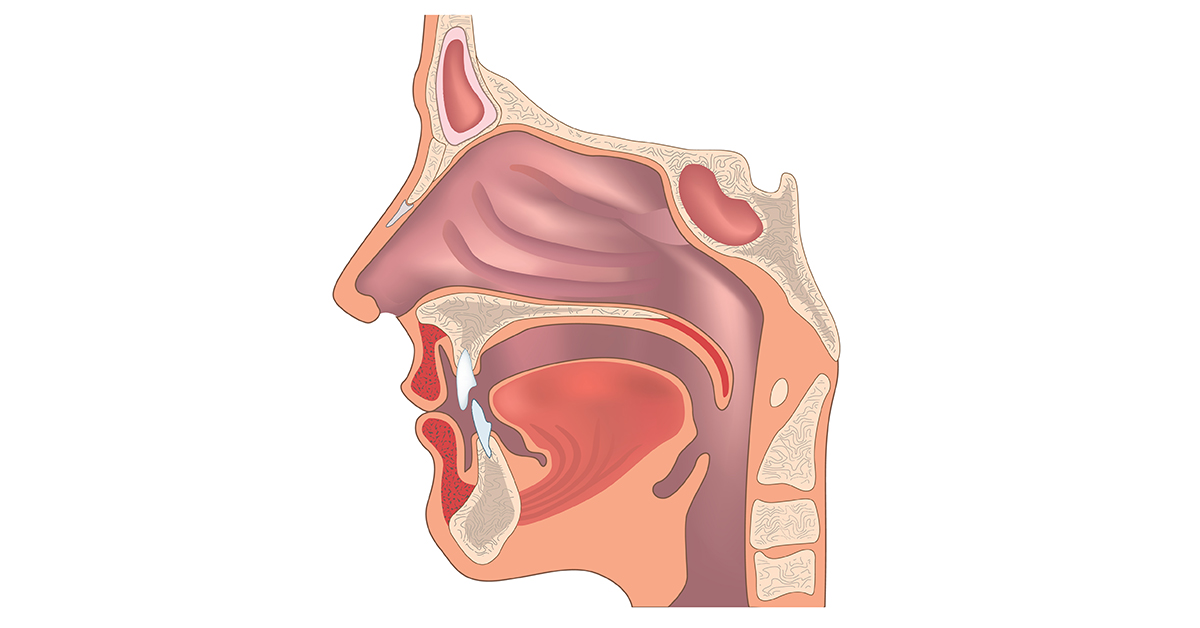
Nasal Physiology
Nasal physiology is crucial because it helps us understand conditions that can develop in the nose and sinuses. First and foremost, let's discuss respiration since the nose is known as a natural pathway for breathing.
We often breathe through the nose, which act similarly to an air conditioner. In order to prompt gas exchange in the lungs, the nose humidifies, warms, and filters the air. Water evaporates from the mucosa or the lining of the nose into the air.
Nasal Cycle
The nasal cycle refers to the process of air warming and humidifying. Every two hours or so, one nostril opens wider than the other one. An open right nostril leads to increased airflow on the right side that stimulates the brain's left side. On the contrary, a left nostril that's more open causes stimulation in the right side of the brain. Each nasal cycle lasts anywhere between two and 12 hours. It usually goes unnoticed.
Vocal Resonance
When we think of speech, the mouth usually comes to mind first. While the mouth does play an integral role in speech so does the nose. Here's why: Air and sound passes through the nasopharynx (the upper part of the throat behind the nose) and is emitted through the nose. If a nose or sinus obstruction is present, speech quality may be impaired.
Olfaction
We're able to smell because of the olfactory neuroepithelium, a specialized set of nerve cells that are located in the olfactory cleft along the nasal septum and turbinates. When air enters the nasal cavity, a small part reaches the cleft. Then, the odors tack on to the nerve receptors, sending signals to the brain that allow the sense of smell. It's important to note that smell also contributes to our sense of taste.
Airway Filtration
Every day, the nose faces exposure to bacteria, viruses, and anything else you inhale. While large particles are trapped by the nose hairs, small ones are confined in the nasal mucus, which serves as one of the first airway defenses. Mucus is specifically intended to trap any particles you inhale and makes it way down to the nose into the throat.
The throat is where the swallowing of the mucus takes place. So how is mucus removed? Good question! In some cases, sneezing or coughing gets rid of it. Typically, however, it's destroyed in the stomach by the high levels of acidity.

